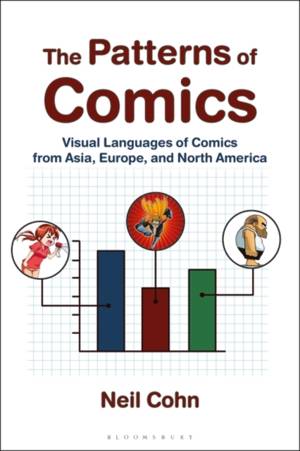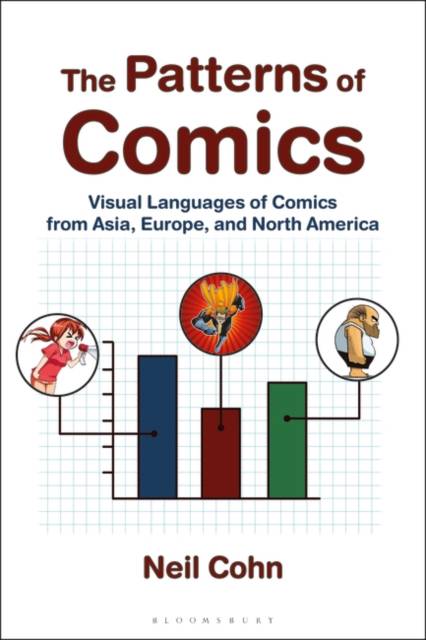
- Afhalen na 1 uur in een winkel met voorraad
- Gratis thuislevering in België vanaf € 30
- Ruim aanbod met 7 miljoen producten
- Afhalen na 1 uur in een winkel met voorraad
- Gratis thuislevering in België vanaf € 30
- Ruim aanbod met 7 miljoen producten
Zoeken
The Patterns of Comics
Visual Languages of Comics from Asia, Europe, and North America
Neil Cohn
Hardcover | Engels
€ 169,95
+ 339 punten
Uitvoering
Omschrijving
Comics are a global phenomenon, and yet it's easy to distinguish the visual styles of comics from Asia, Europe, or the United States. But, do the structures of these visual narratives differ in more subtle ways? Might these comics actually be drawn in different visual languages that vary in their structures across cultures?
To address these questions, The Patterns of Comics seeks evidence through a sustained analysis of an annotated corpus of over 36,000 panels from more than 350 comics from Asia, Europe, and the United States. This data-driven approach reveals the cross-cultural variation in symbology, layout, and storytelling between various visual languages, and shows how comics have changed across 80 years. It compares, for example, the subtypes within American comics and Japanese manga, and analyzes the formal properties of Bill Watterson's Calvin and Hobbes across its entire 10-year run. Throughout, it not only uncovers the patterns in and across the panels of comics, but shows how these regularities in the visual languages of comics connect to the organizing principles of all languages.
To address these questions, The Patterns of Comics seeks evidence through a sustained analysis of an annotated corpus of over 36,000 panels from more than 350 comics from Asia, Europe, and the United States. This data-driven approach reveals the cross-cultural variation in symbology, layout, and storytelling between various visual languages, and shows how comics have changed across 80 years. It compares, for example, the subtypes within American comics and Japanese manga, and analyzes the formal properties of Bill Watterson's Calvin and Hobbes across its entire 10-year run. Throughout, it not only uncovers the patterns in and across the panels of comics, but shows how these regularities in the visual languages of comics connect to the organizing principles of all languages.
Specificaties
Betrokkenen
- Auteur(s):
- Uitgeverij:
Inhoud
- Aantal bladzijden:
- 304
- Taal:
- Engels
Eigenschappen
- Productcode (EAN):
- 9781350381605
- Verschijningsdatum:
- 28/12/2023
- Uitvoering:
- Hardcover
- Formaat:
- Genaaid
- Afmetingen:
- 156 mm x 234 mm
- Gewicht:
- 585 g

Alleen bij Standaard Boekhandel
+ 339 punten op je klantenkaart van Standaard Boekhandel
Beoordelingen
We publiceren alleen reviews die voldoen aan de voorwaarden voor reviews. Bekijk onze voorwaarden voor reviews.











